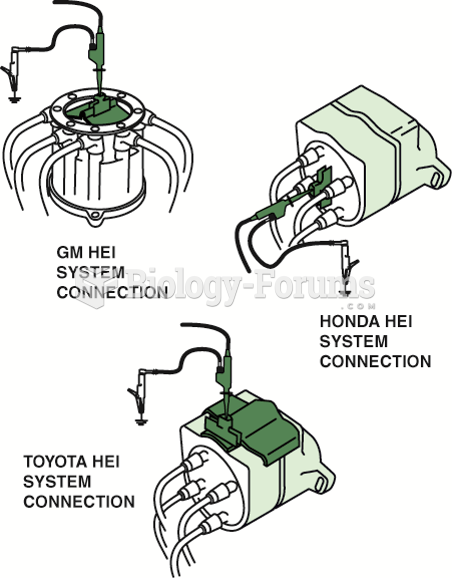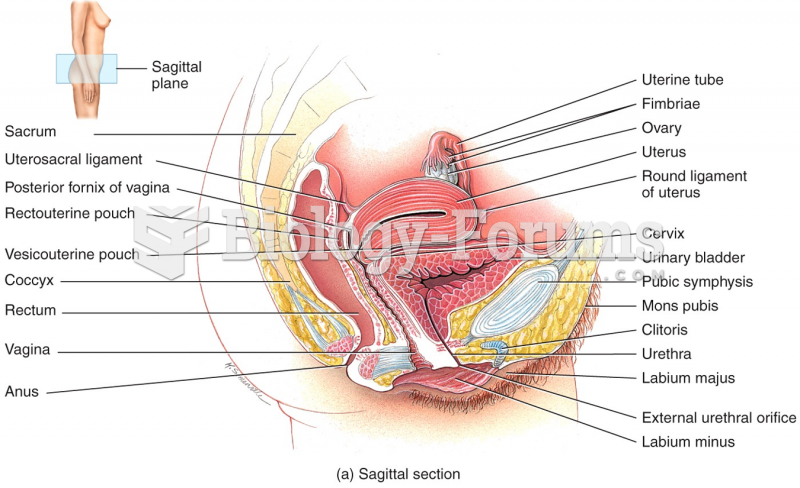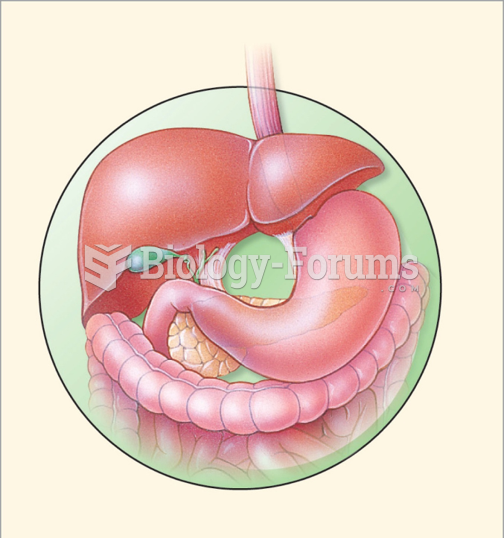|
|
|
The Centers for Disease Control and Prevention (CDC) was originally known as the Communicable Disease Center, which was formed to fight malaria. It was originally headquartered in Atlanta, Georgia, since the Southern states faced the worst threat from malaria.
After a vasectomy, it takes about 12 ejaculations to clear out sperm that were already beyond the blocked area.
The first documented use of surgical anesthesia in the United States was in Connecticut in 1844.
Barbituric acid, the base material of barbiturates, was first synthesized in 1863 by Adolph von Bayer. His company later went on to synthesize aspirin for the first time, and Bayer aspirin is still a popular brand today.
Thyroid conditions cause a higher risk of fibromyalgia and chronic fatigue syndrome.







